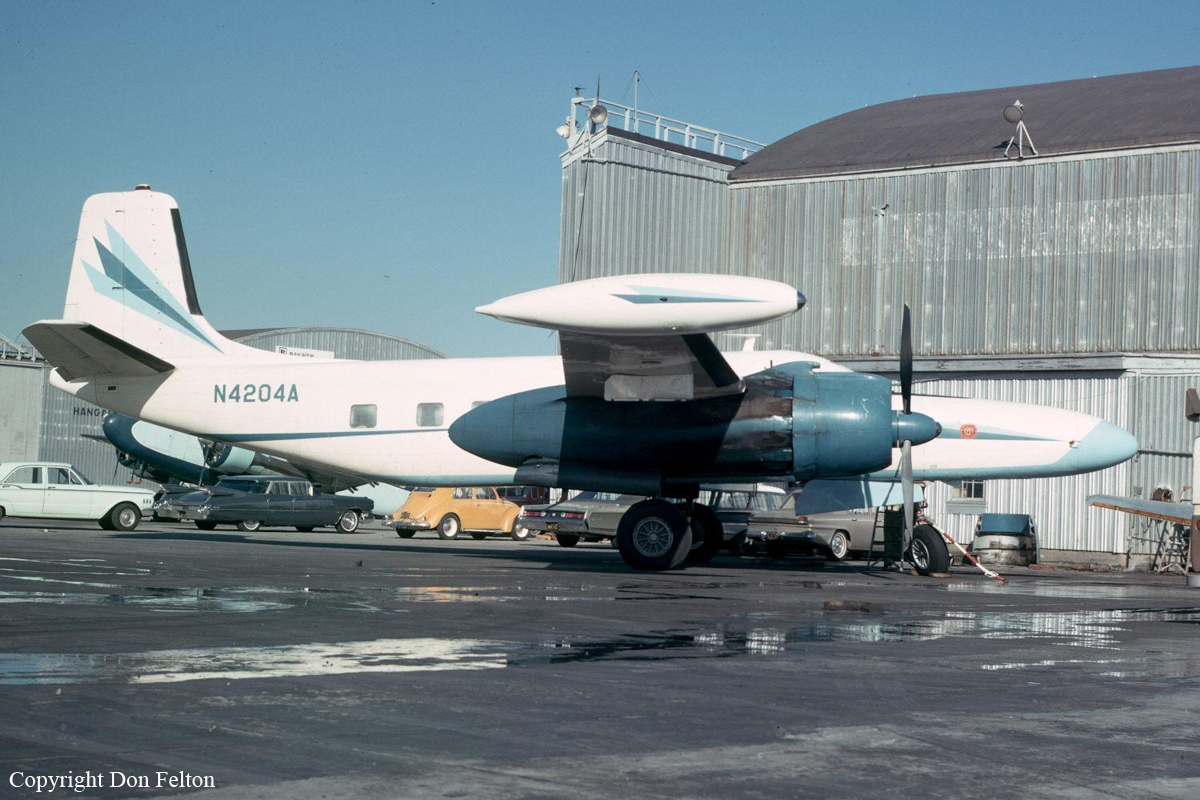Crash of a Beechcraft E90 King Air off New York: 2 killed
Date & Time:
Mar 10, 1980 at 2303 LT
Registration:
N4GN
Survivors:
No
Schedule:
Fort Lauderdale - New York
MSN:
LW-38
YOM:
1973
Crew on board:
1
Crew fatalities:
Pax on board:
1
Pax fatalities:
Other fatalities:
Total fatalities:
2
Captain / Total hours on type:
225.00
Circumstances:
The pilot started the approach to New York-LaGuardia Airport by night and poor weather conditions due to a low ceiling, rain falls and thunderstorm activity. He initiated a go-around and started a second approach few minutes later. On final, the twin engine airplane crashed in the East River few hundred yards offshore. The aircraft was lost and both occupants were killed.
Probable cause:
Control collision with water during a missed approach due to improper IFR operation. The following contributing factors were reported:
- Airways facilities personnel: inadequately maintained approach facilities,
- Airport facilities: instrument landing system,
- Low ceiling,
- Rain,
- Thunderstorm activity,
- Hail,
- LOC alignment out of tolerance.
- Airways facilities personnel: inadequately maintained approach facilities,
- Airport facilities: instrument landing system,
- Low ceiling,
- Rain,
- Thunderstorm activity,
- Hail,
- LOC alignment out of tolerance.
Final Report:








